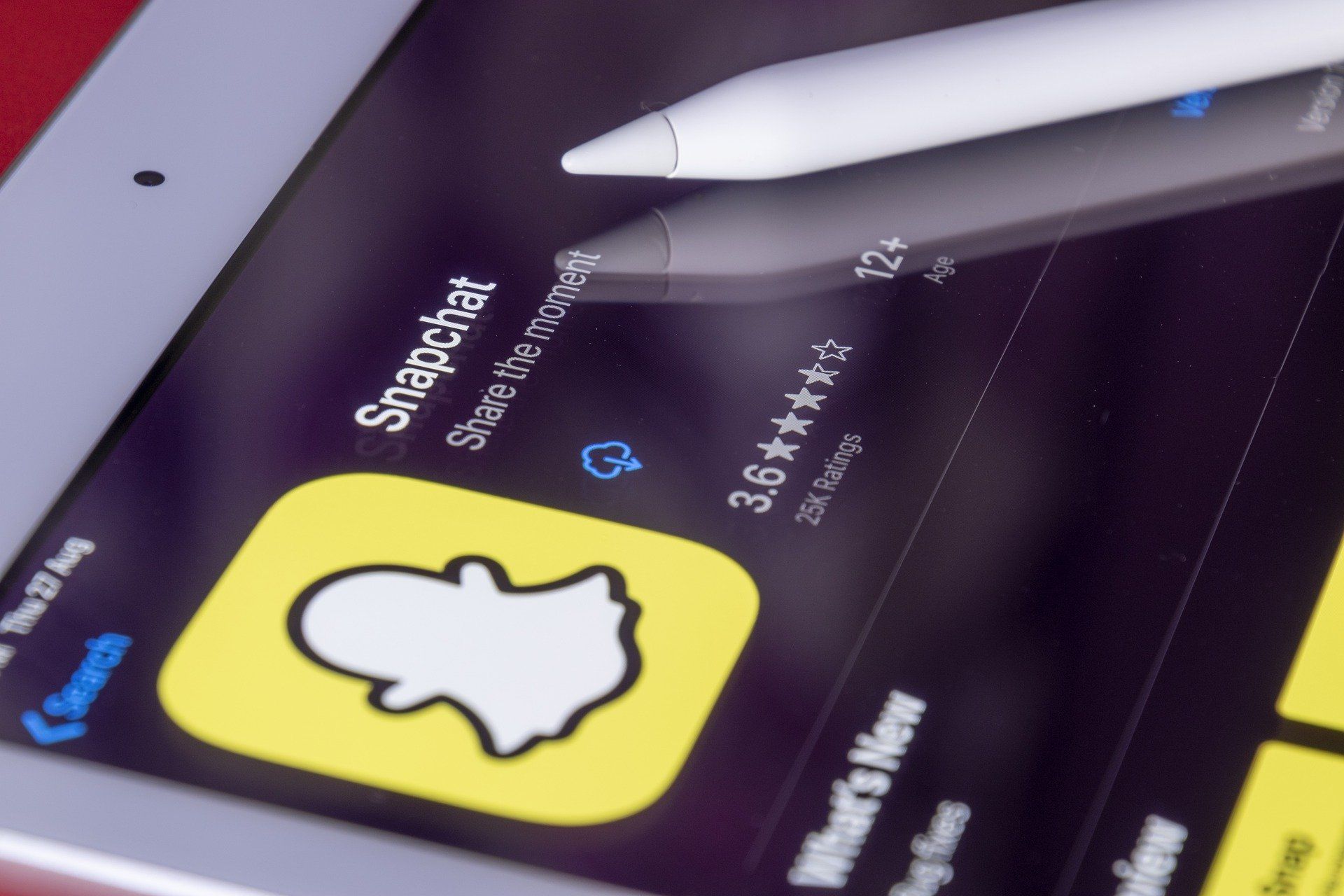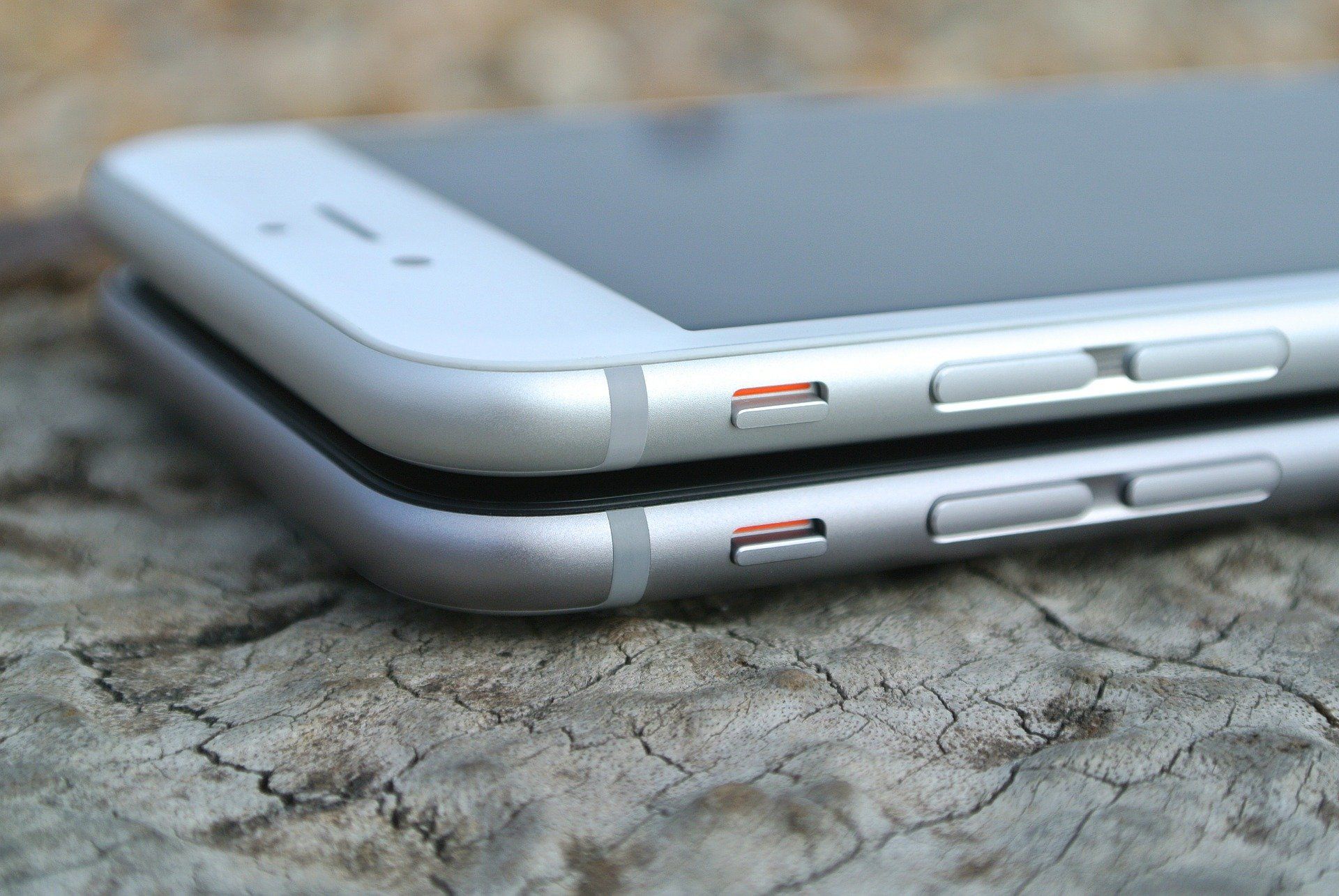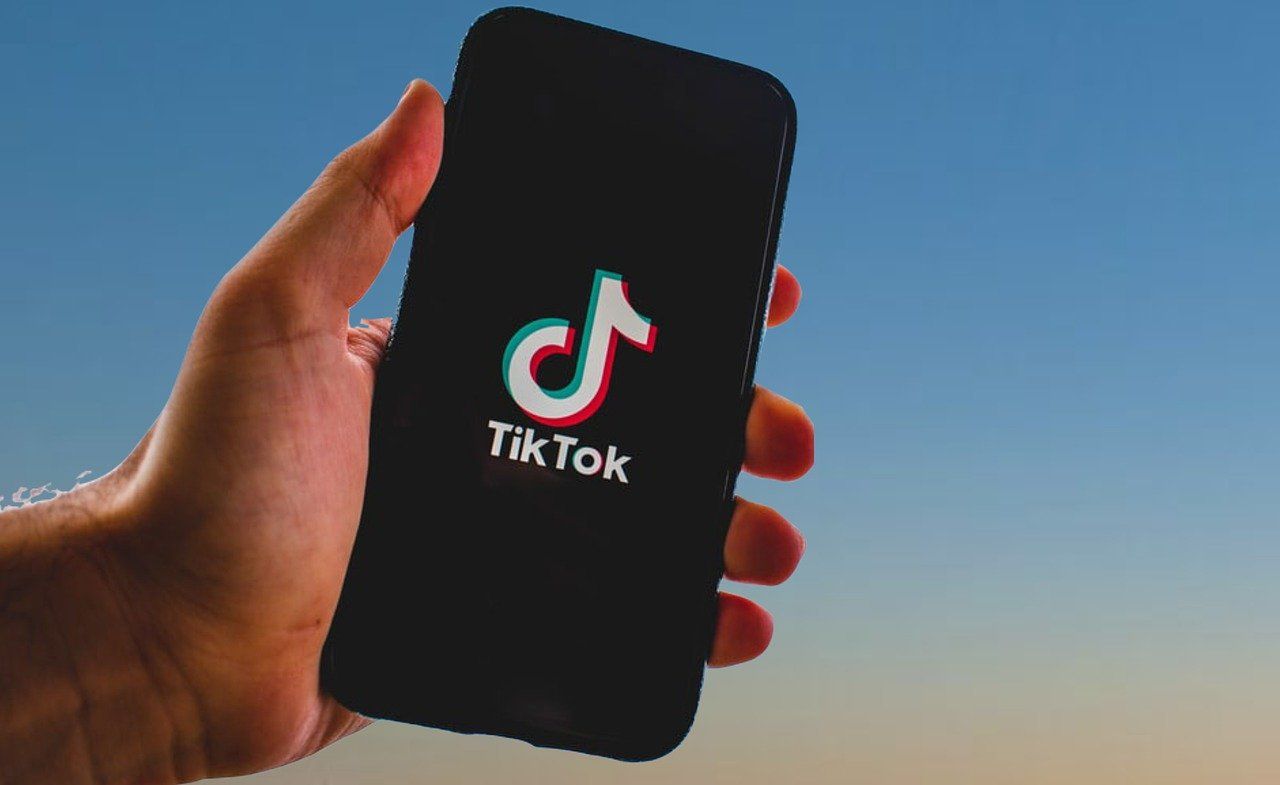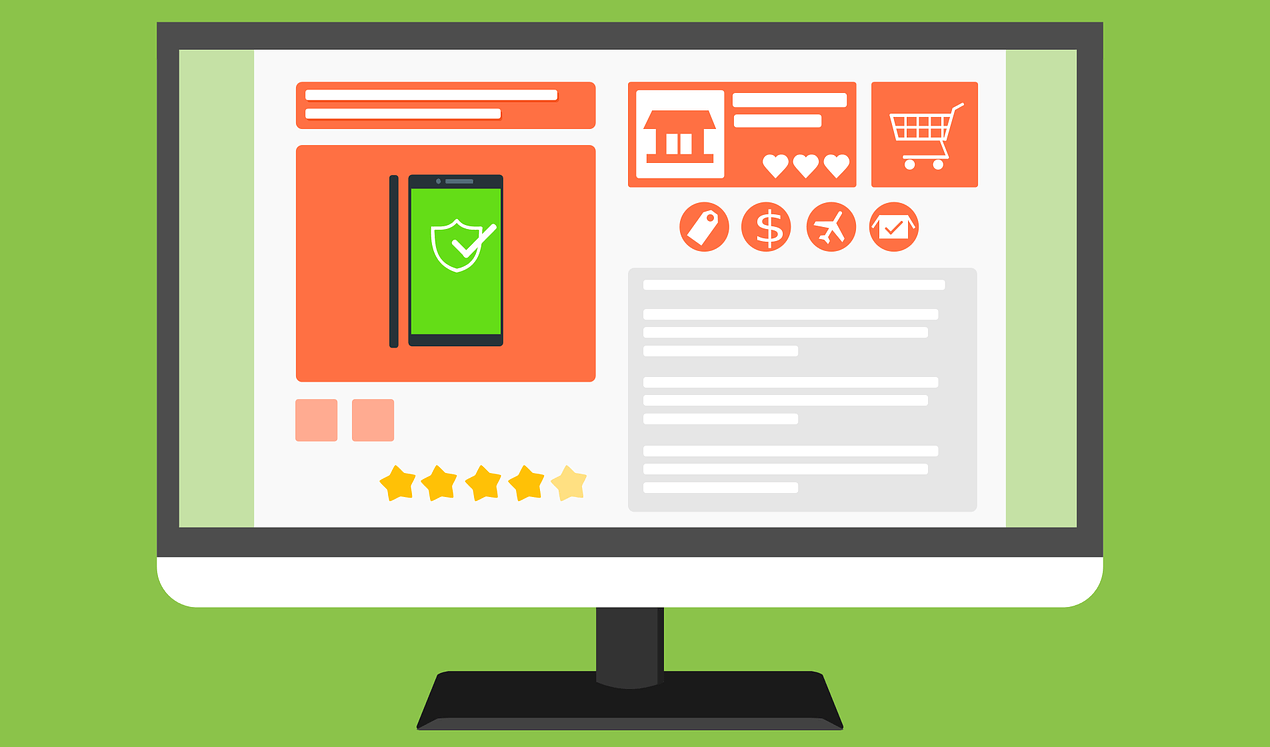Location-based targeting: What to know

For most businesses considering digital advertising, the main draw is reaching potential customers via advanced targeting strategies. Moving beyond the use of primary demographics such as age, into qualitative identifiers such as location, household income, and interests is appealing because advertisers can reach the customer prospects with the highest propensity to buy. Location-based technologies offer a significant advantage, but how do they work and what are their limitations?
Geo-Targeting
Geo-targeting utilizes a user’s location as the basis for delivering ad messaging. Most current advertising solutions use this technology, including display, targeted email, native ads, and even social media ads. A heating/cooling company that has a specified service area and is looking to reach potential customers during winter or summer months could add geo-targeting as a parameter for their digital campaign. In that scenario, they would deliver ads only to those users who live in the area that they serve.
Geo-Fencing
Geo-fencing is similar to geo-targeting in that it targets a user’s location, but it offers a more granular approach using GPS technology to build a virtual fence. When a mobile device enters that fence (amongst other criteria such as having location services turned-on and applicable apps running) that user becomes part of the pool of recipients for the advertiser’s messaging. An auto dealer who is looking to deliver ad messaging to auto intenders who have visited their lot, a competitor’s lot, or even a local auto show, could build a fence around those locations and deliver ads to users after they have entered the areas. Geo-fencing is most effective when blended with other display tactics, such as retargeting, to reach the highest quantity of qualified users.
Beacons
A beacon is a small object placed in a physical location that utilizes Bluetooth technology to detect users who enter the area. Once identified, the advertiser serves ad messaging to the user. Beacons are only able to pick up users who have their Bluetooth turned on and aren’t designed to gather any other information regarding the user, such as demographics. Much like geo-fencing, beacons also require having the location services turned on and applicable apps open, actively or running in the background. A sports arena looking to offer a dining/drink coupon or discount code could utilize beacons as a means to capture people who have a high likelihood of buying in the moment.
Original Post: https://www.p3da.com/location-based-targeting-what-to-know










